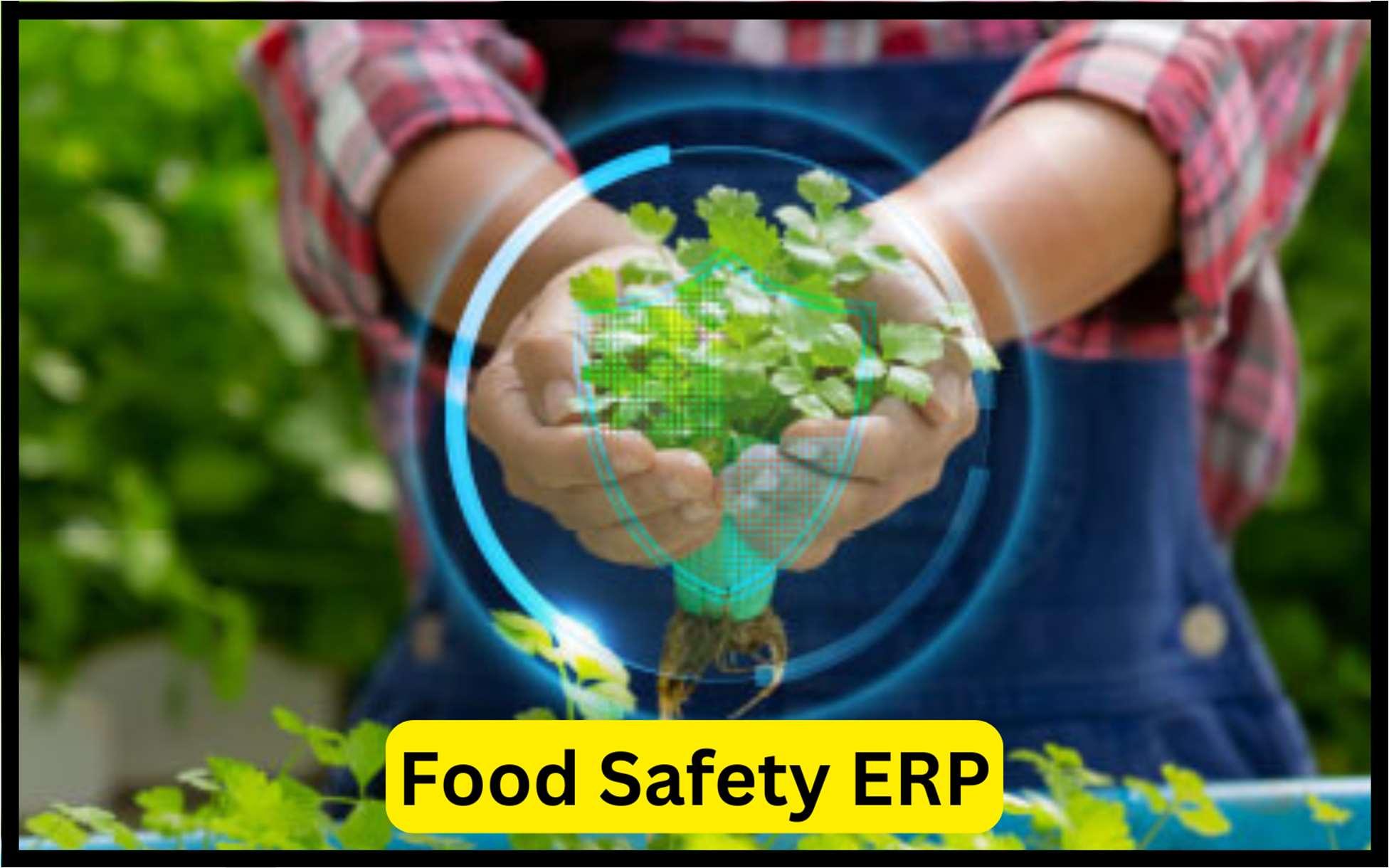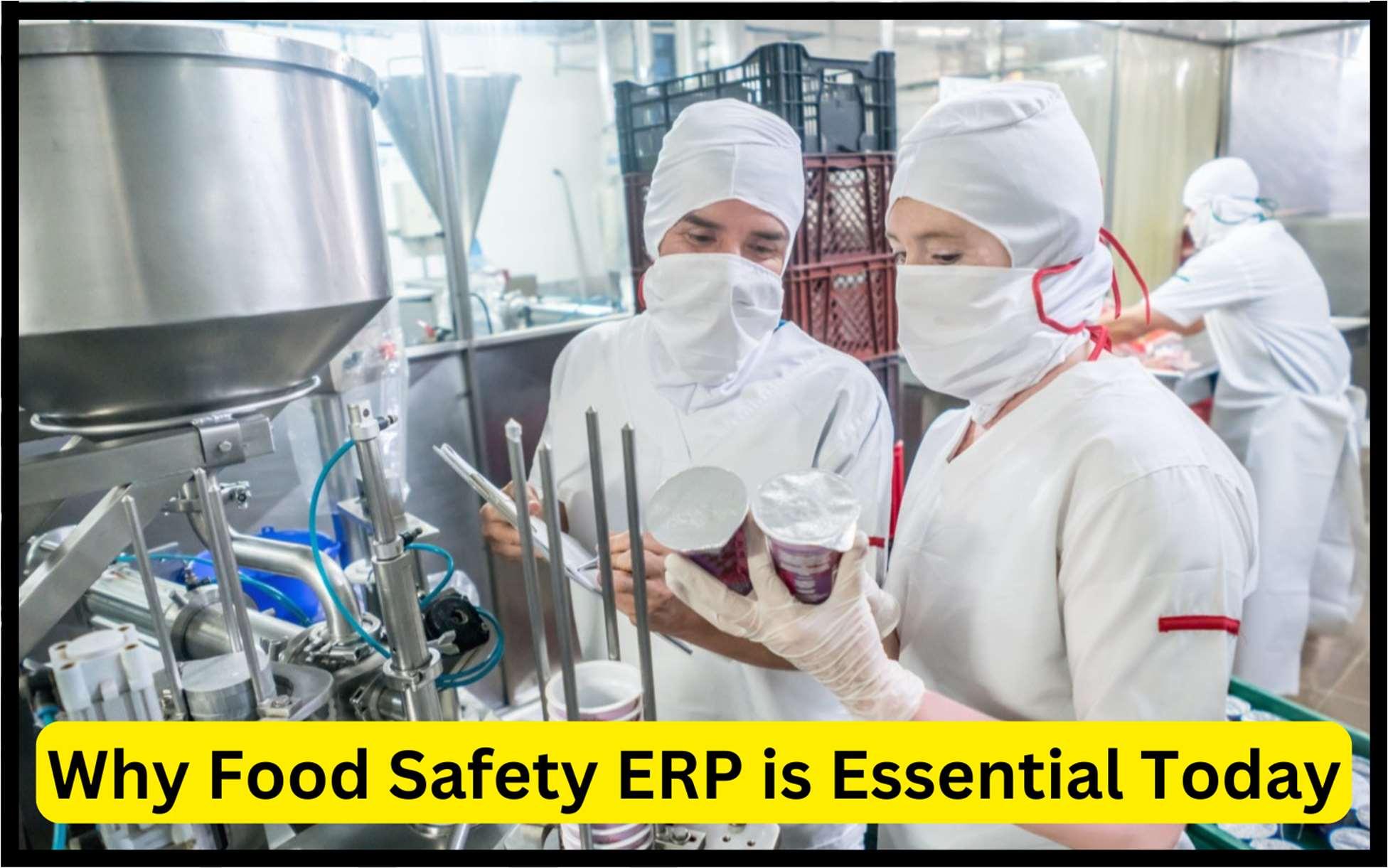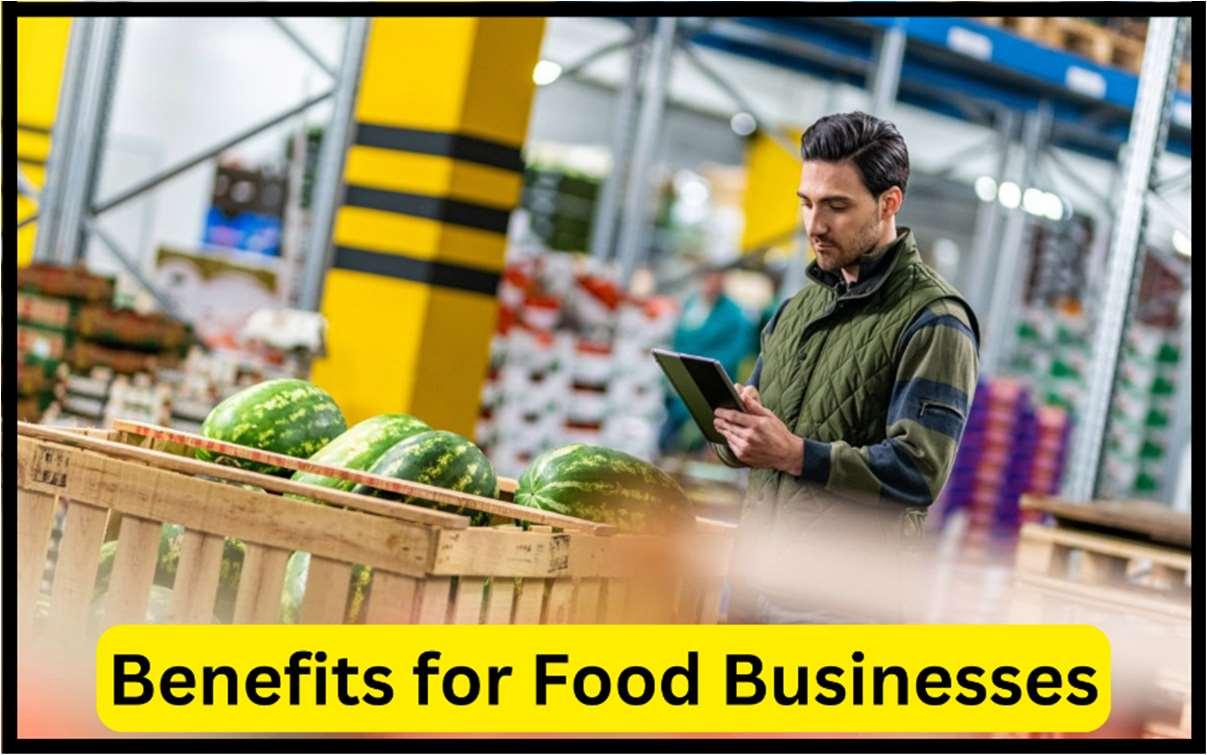The Future of Dining Why You Need Food Safety ERP Now
Imagine bi ng into a succulent piece of salmon, only to learn that it was sourced from a facility with ques onable hygiene prac ces. The reality is stark: in today’s fast-paced culinary landscape, where food trends shi as quickly as consumer preferences, the stakes have never been higher for restaurateurs and food producers. As we venture further into an era defined by rapid globaliza on and heightened health consciousness, the pressure to ensure food safety looms larger than ever. Enter Food Safety ERP (Enterprise Resource Planning) systems—a transforma ve solu on poised to revolu onize how dining establishments manage their opera ons.

In an industry where a single misstep can lead not only to financial loss but also to devasta ng public health consequences, adop ng an effec ve food safety strategy is no longer op onal; it's essen al. As we explore the future of dining, it becomes clear that integra ng robust Food Safety ERP solu ons will not just safeguard your business—it will enhance your reputa on and foster customer loyalty in an increasingly discerning market. Join us as we delve into why now is the me for every restaurant owner and food producer to embrace this cri cal tool for success in a world where every forkful ma ers.
Introduc on:
The dining industry is evolving rapidly, driven by innova on and consumer demand. Technology plays a crucial role in ensuring food safety, helping businesses meet new challenges and consumer expecta ons. Food Safety ERP systems are a key solu on in safeguarding food opera ons and improving efficiency.
- The evolving landscape of the dining industry
The dining industry is influenced by consumer preferences, health trends, and regula ons, driving the need for more efficient, transparent food safety systems.
- The cri cal role of technology in modern food safety
Technology enables be er monitoring, faster incident response, and increased compliance, ensuring safer food produc on and distribu on.
2. Understanding Food Safety ERP
Food Safety ERP (Enterprise Resource Planning) systems integrate processes to manage food safety and compliance across the en re supply chain, ensuring consistency and quality.
- What is Food Safety ERP?
FoodSafety ERP isa so ware systemthatstreamlines foodsafety managementby centralizing data related to quality control, compliance, and traceability, helping businesses meet regulatory requirements.
- Key components of an effec ve ERP system
Effec ve ERP systems include modules for real- me data monitoring, compliance tracking, traceability, incident management, and repor ng, ensuring full control over food safety.
3. Why Food Safety ERP is Essen al Today
With increasing concerns about foodborne illnesses, legal regula ons, and consumer demand for transparency, Food Safety ERP has become indispensable for modern food businesses.

- Rising food safety challenges
The growing complexity of global supply chains and the increasing frequency of food safety incidents highlight the need for robust, real- me monitoring and traceability systems.
- Legal and regulatory compliance
Food businesses must comply with strict regula ons, such as FSMA (Food Safety Moderniza on Act), to avoid penal es and maintain public trust.
- Consumer expecta ons for transparency
Consumers are increasingly demanding transparency in food sourcing, produc on processes, and safety, pushing businesses to adopt technology-driven solu ons for assurance.
4. Core Features of Food Safety ERP
A comprehensive Food Safety ERP system offers features that enable proac ve food safety management, ensuring that businesses are always in compliance and prepared for any incidents.
- Real- me monitoring and data collec on
The system con nuously tracks cri cal data points like temperature, humidity, and contamina on levels to prevent risks before they escalate.
- Compliance management and repor ng
ERP systems help businesses maintain compliance with food safety laws by automa ng repor ng, audits, and documenta on processes, reducing human error.
- Traceability from farm to fork
ERP systems provide end-to-end traceability, tracking the en re journey of food products, from raw material sourcing to delivery, ensuring accountability.
- Automated incident response and recalls
The system can quickly iden fy poten al food safety issues and automate recall processes, limi ng risks and protec ng consumers.
5. Benefits for Food Businesses
Food Safety ERP not only ensures regulatory compliance but also delivers tangible benefits such as opera onal efficiency, reduced risks, and improved brand reputa on.

- Enhanced opera onal efficiency
Automa on and integra on streamline opera ons, reducing me spent on manual checks, audits, and repor ng, allowing employees to focus on more strategic tasks.
- Reduced product recalls and financial losses
By preven ng safety incidents and providing rapid recall capabili es, ERP systems help minimize the financial and reputa onal costs associated with product recalls.
- Improved customer trust and brand reputa on
Transparency in safety measures and traceability builds consumer confidence, boos ng brand reputa on and loyalty.
6. Technology Integra on in Food Safety ERP
Integra ng advanced technologies into Food Safety ERP systems enhances their func onality, offering predic ve insights and secure data management for more effec ve food safety solu ons.
- AI-driven predic ve analy cs
AI tools analyze historical data to predict poten al food safety risks, enabling proac ve measures before problems arise.
- Blockchain for secure record-keeping
Blockchain ensures immutable, transparent records, preven ng data manipula on and ensuring secure, verifiable documenta on of the en re food supply chain.
- IoT-enabled monitoring devices
IoT devices collect real- me data from the environment, such as temperature or humidity, to ensure that food products remain safe throughout the produc on and distribu on process.


